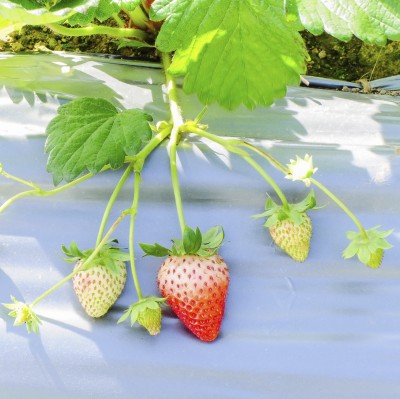






It may seem incongruous to marry plastic use with gardening, but plasticulture production is a multi-billion dollar industry, utilized worldwide with impressive increases in yield. What is plasticulture and how can you apply plasticulture methods to the home garden? Read on to learn more.
Plasticulture is the use of lightweight plastic or mulch to cover the seed bed in order to control the soil temperature, retain moisture, and retard weeds and insect invaders. Plasticulture also refers to row covers and greenhouses.
Basically, plasticulture practices double or triple the efficiency of the garden while allowing the gardener to harvest weeks earlier than usual. The initial costs of using plasticulture in the garden are definitely an investment, and management of the system may take some time to get down, but it is well worth the effort.
Plasticulture practices involve the use of plastic mulch along with a drip irrigation system via a network of plastic tubing placed beneath the mulch, often in conjunction with raised beds. Using plasticulture in the garden warms the soil, which in turn leads to earlier seedling emergence and lessens the need for a long growing season. This is especially true for commercial gardeners growing such crops as strawberries, tomatoes and cantaloupes, which can then go to market earlier than with previous conventional growing methods.
While plasticulture benefits the commercial farmer, this method yields fabulous results for the home gardener as well. Here are the basics on how to get started:
More comprehensive instructions on how to implement plasticulture practices in your garden are available in detail on the Internet. The process can be very simple or extremely complex depending upon the size of the area, crops grown and for what purpose, as well as the amount of energy you wish to apply to the maintenance of the area.
Copyright © www.100flowers.win Botanic Garden All Rights Reserved